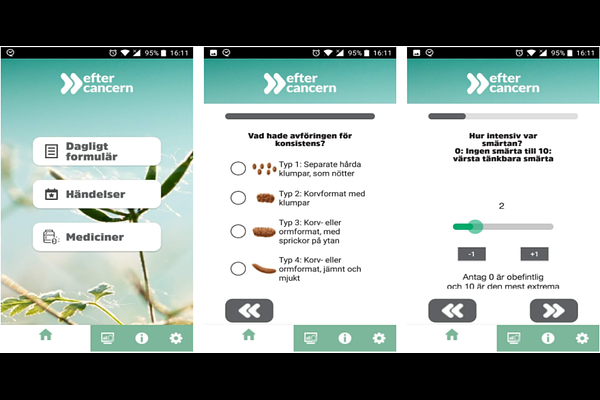Proxy Design: A Method for Involving Proxy Users to Speak on Behalf of Vulnerable or Unreachable Users in Co-Design

Proxy Design: A Method for Involving Proxy Users to Speak on Behalf of Vulnerable or Unreachable Users in Co-Design
Anna Sigridur Islind, Johan Lundin, Katerina Cerna, Tomas Lindroth, Linda Åkeflo, Gunnar Steineck
AbstractDesigning digital artifacts is not a linear, straightforward process. This is particularly true when applying a user-centered design approach, or co-design, with users who are unable to participate in the design process. Although the reduced participation of a particular user group may harm the end result, the literature on solving this issue is sparse. In this article, proxy design is outlined as a method for involving a user group as proxy users to speak on behalf of a group that is difficult to reach. We present a design ethnography spanning three years at a cancer rehabilitation clinic, where digital artifacts were designed to be used collaboratively by nurses and patients. The empirical data were analyzed using content analysis and consisted of 20 observation days at the clinic, six proxy design workshops, 21 telephone consultations between patients and nurses, and log data from the digital artifact. We show that simulated consultations, with nurses roleplaying as proxies for patients ignited and initiated the design process and enabled an efficient in-depth understanding of patients. Moreover, we reveal how proxy design as a method further expanded the design. We illustrate: (1) proxy design as a method for initiating design, (2) proxy design as an embedded element in co-design and (3) six design guidelines that should be considered when engaging in proxy design. The main contribution is the conceptualization of proxy design as a method that can ignite and initiate the co-design process when important users are unreachable, vulnerable or unable to represent themselves in the co-design process. Based on the empirical findings from a design ethnography that involved nurses as proxy users speaking on behalf of patients, the article shows that roleplaying in proxy design is a fitting way of initiating the design process, outlining proxy design as an embedded element of co-design.